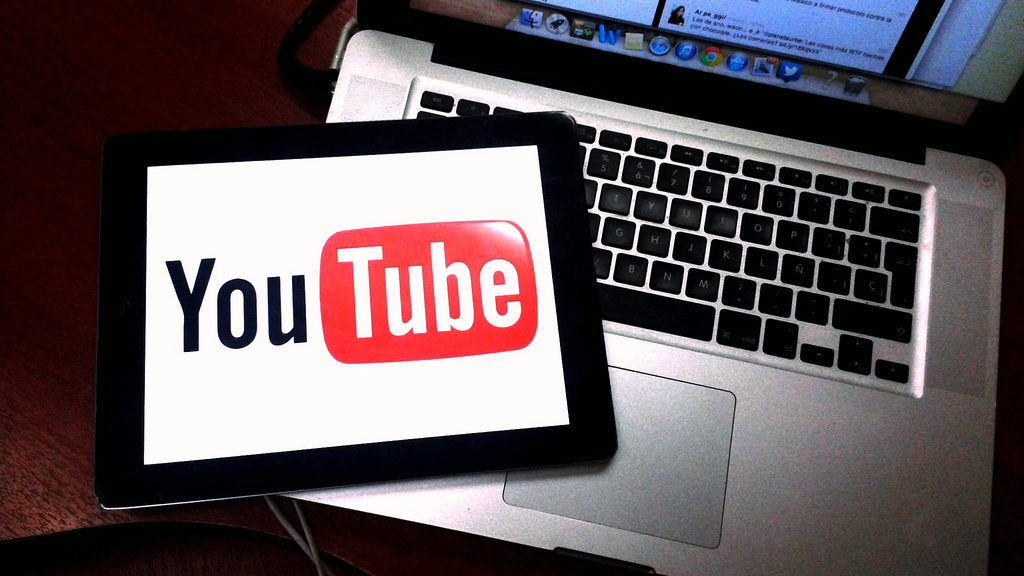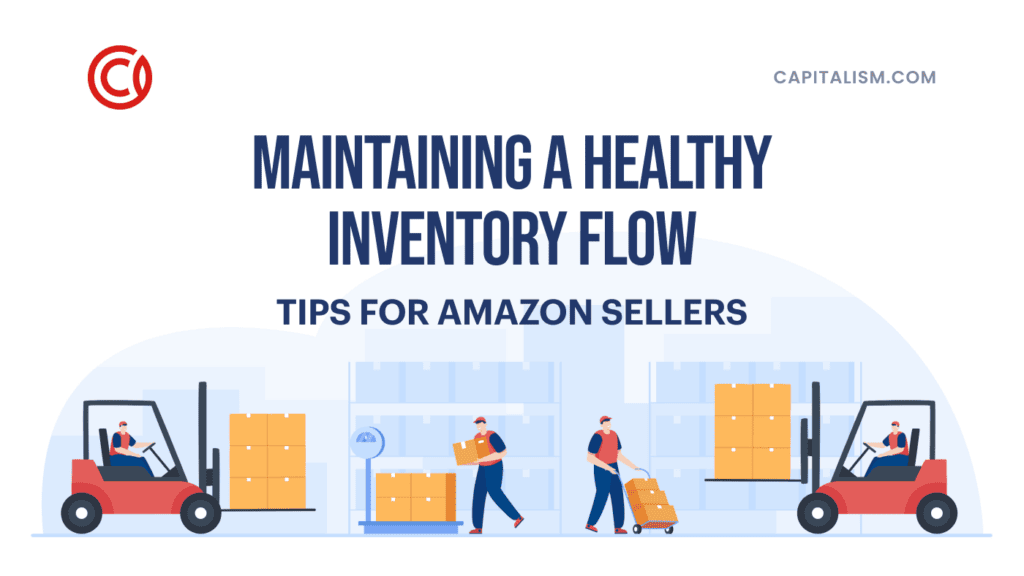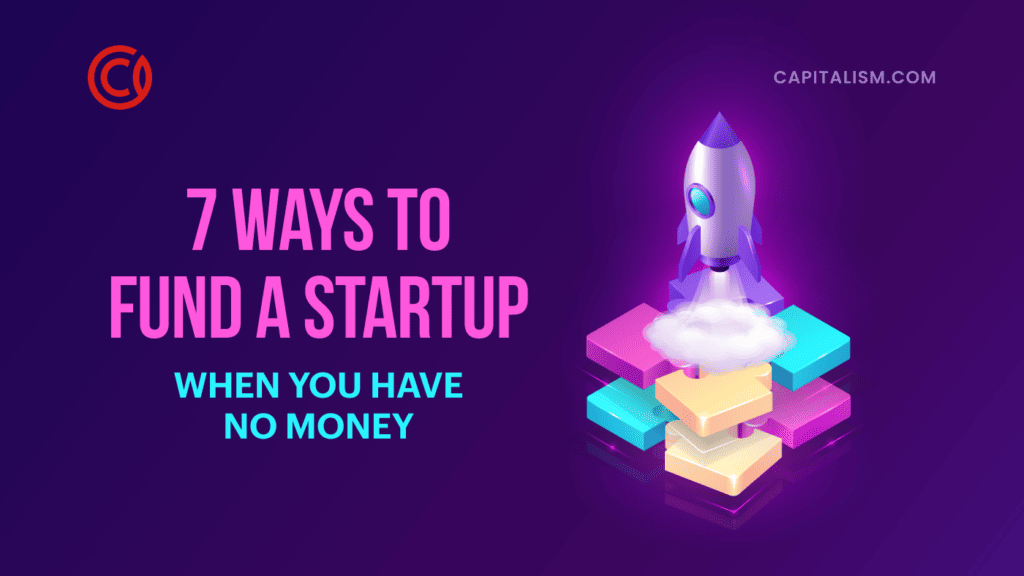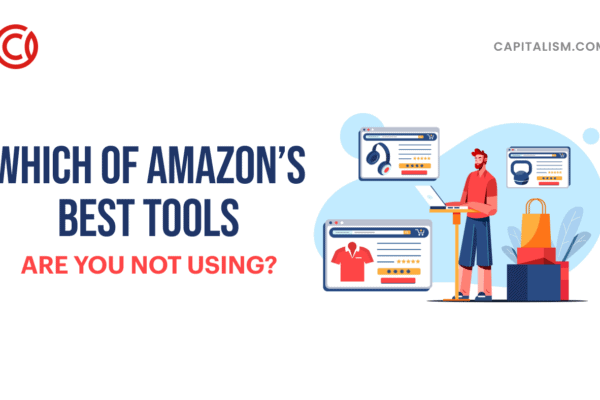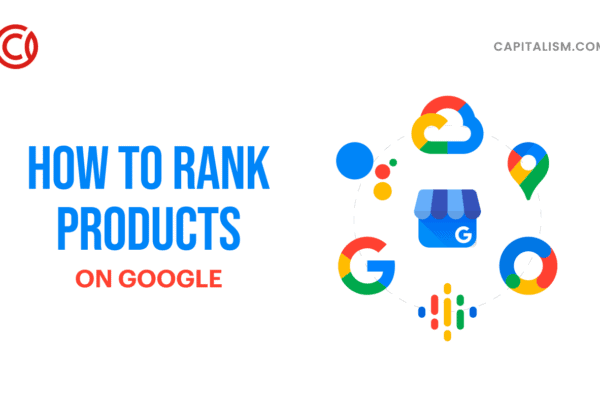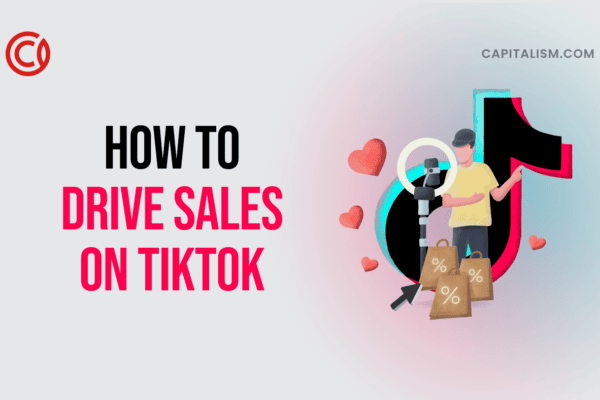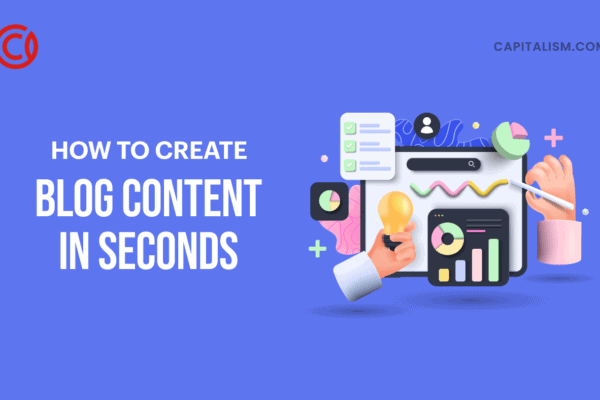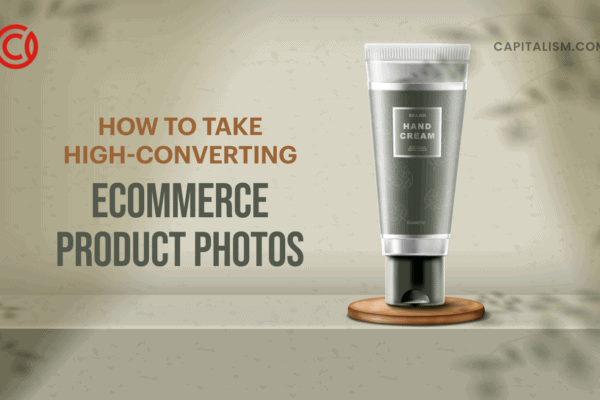Of the digital advertising channels available today, does YouTube advertising offer the best ROI?
52 percent of marketing professionals believe video provides the best return on investment. And which platform is best for video advertising? It’s YouTube, of course.
YouTube has 1.5 billion active users, representing every customer demographic. Yet small businesses have been slow to adopt YouTube advertising.
Why?
"Video content is expensive, time consuming and risky."
That’s the belief many small business owners have. Creating a high-quality video requires a lot of time and expertise. Why waste the time and money on video, creating content, only to have it fall flat? It’s a risk many small businesses aren’t eager to take.
What they don't realize is this: it doesn’t have to be a risk.
With a little bit of planning, YouTube advertising could be a great source of low cost traffic for your business.
Here are some helpful YouTube advertising tips from digital marketing experts.
1. Zero in on your preferred audience
How do you find your perfect audience? Perry Marshall, a business consultant and author of "The Ultimate Guide to Google AdWords," explains:
“Which group of YouTube users do you want to reach? You can slice up the network and zero in on your preferred audience in several ways. Demographics, topics, people interested in, placements and keywords.”
Let’s say you use topics.
“If, for example, you’re a developer of antivirus software, you could go after the broadest possible group, folks interested in “computers and electronics.” But you’ll be better off going for the subtopic “computer security.” Even better, drill further down to “antivirus and malware.”
You should know the demographics and psychographics of your audience before you advertise on YouTube. The more you know about your customers, the easier it is for you to create an irresistible offer.
What do you need to know about your customers?
- Demographics and psychographics
- Keywords and phrases
- Desires, goals, fears and frustrations
Customers want you to (a.) have a complete understanding of their desires, goals fears and frustrations (b.) show you understand by repeating these back to them via your sales and marketing content and (c.) give them a unique and compelling reason to take action now.
This is the upfront work most businesses glaze over, but it sets the tone for your campaign. Do it right and your campaign pays off in the end. Fail to do the work and you waste your advertising dollars on meaningless and irrelevant content.
2. Make sure your website is ready
If you're going to spend the money on YouTube advertising, you'd better make sure your website is prepared for handling the new traffic. Neil Patel, a New York Times bestselling author, digital marketer and co-founder of CrazyEgg, explains:
“If you’re looking to send traffic back to your website in the same way… you need to make sure that your website is set up so that it can handle this incoming traffic from your video content and ads.
That means you need to make it user-friendly across multiple video player types, but also very clear, in terms of what visitors need to do next. This is especially important if they want to take action on the information in the ad that brought them to your site.”
It’s easy to get this wrong.
Businesses tell themselves they already know this, that they’re on top of things already. But this isn’t as easy or as straightforward as it sounds. Getting your website ready means you’ve done the upfront work needed to welcome potential customers.
- Optimizing your website for the right browsers
- Making sure your website is responsive and displays properly for a variety of screen resolutions
- Maintaining ad scent. Your video ads and landing pages have a similar look, feel, message, etc.
- Your website is optimized for a variety of traditional (smartphone, PC) and non-traditional (e.g. iPads, PS4, Roku) devices
Take the time to optimize your website around your target audience. Do your best to make your visitor’s experience as easy and enjoyable as possible.
3. Advertise based on viewing habits
Michael Stelzner recently interviewed Facebook and YouTube marketing expert Billy Gene Shaw for Social Media Examiner, and the discussion covered the following:
“You can advertise to people based on the videos they watch. A lot of people don’t realize that’s possible. Say you have a cooking product or service, and you want to find people who are into barbecuing. YouTube videos with millions of views explain how to grill the perfect steak, how to heat up the perfect chicken and so on. If the content creators allow advertising on their channels, your ad can show up right before those videos.
Say something like, ‘Hey, it looks like you’re grilling steak. Well, if you do, I have the perfect product the make sure that you never burn your steak. Here it is.” You show your ads only to the people who are actually interested.”
Advertising irrelevance is an epidemic.
It’s incredibly common for advertisers to promote their products alongside irrelevant content. That can work under the right conditions (i.e. interests) if you know what you’re doing. For the vast majority of advertisers it’s a disaster. Irrelevance is a tricky thing to get right but there are a few general principles you can follow.
- Match the mood as best you can. If viewers are going to watch a trailer for an upcoming action movie, don’t advertise a romantic comedy ahead of it.
- Focus on context. Let’s say viewers are watching a how-to video on sculpting. Ads for tools, supplies, or extra training would make sense. Ads for canvases, paint, or Photoshop are related but they’re not really a fit.
- Avoid conflicts. If viewers are preparing to watch a video on Star Wars, don’t promote a product on Star Trek. Don’t advertise animal products to vegans or feminine hygiene products to men.
- Respect viewer skill levels. Imagine viewers are watching how-to videos on building and configuring their own server. It’s probably not a good idea to advertise a generic off-the-shelf computer from HP.
Match your video ads to the content viewers are expecting to see and your clickthrough and conversion rates will climb.
4. Don’t think sales pitch
Larry Kim, founder and CEO of Mobile Monkey, former founder and ex-CTO of WordStream, columnist and search marketing expert, shares these tips:
“Creating YouTube video ads is easy and completely free – you can shoot it yourself for a homebrewed feel, or hire some help for a crisp, professional look.
Wisely, YouTube advises ‘Don’t think Titanic. Don’t even think ‘sales pitch.’ Think about quick how-tos, or positive reviews from customers. Be personal.’ No one goes to YouTube looking to watch extended daytime infomercials.”
This can be scary for advertisers.
What if customers skip past your video? Spending money on educational content with no guarantees can be incredibly expensive. What if you waste your money?
There’s a simple solution. Create video ads that are focused on educating your audience.
Educational content has a lot of utility. You can promote it via YouTube ads, offer it as a bonus or share and promote it on your blog.
YouTube advertising is effective if you have the right strategy.
These details are really all about the fundamentals. Know your audience, educate your audience. Create a relevant and compelling offer that’s appealing. Not because of what you say but because of what it helps viewers do.
Serve your audience first, focus on relevance.
Follow the basics and you’ll have everything you need to create a successful YouTube advertising campaign.
MORE DIGITAL MARKETING STRATEGIES ON CAPITALISM.COM:
• How New Entrepreneurs Sell Millions on Amazon (The Definitive Guide – Revisited)
• How to Rock Facebook Advertising for More Sales in 2018
• 5 Easy Ways to Leverage Amazon Pay Per Click for More Sales
